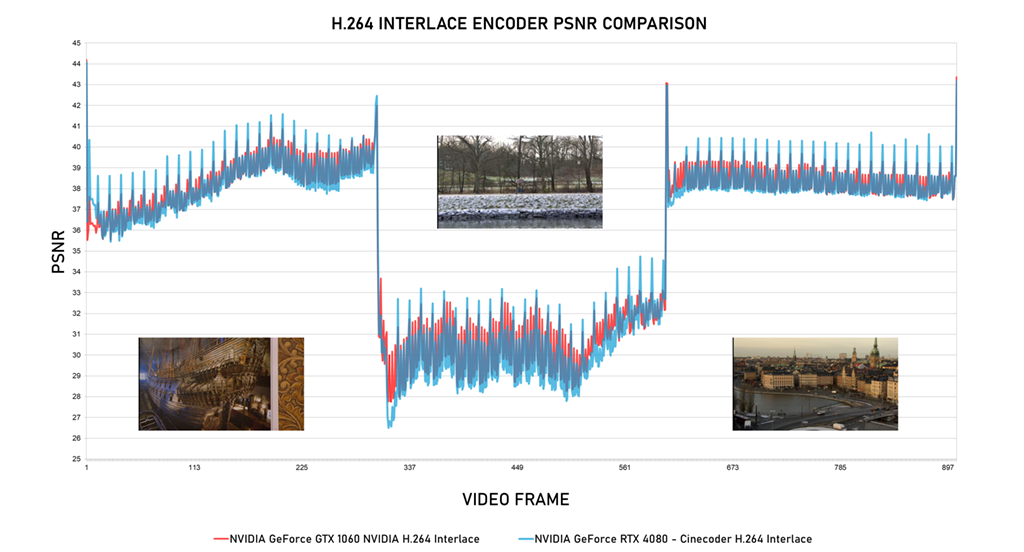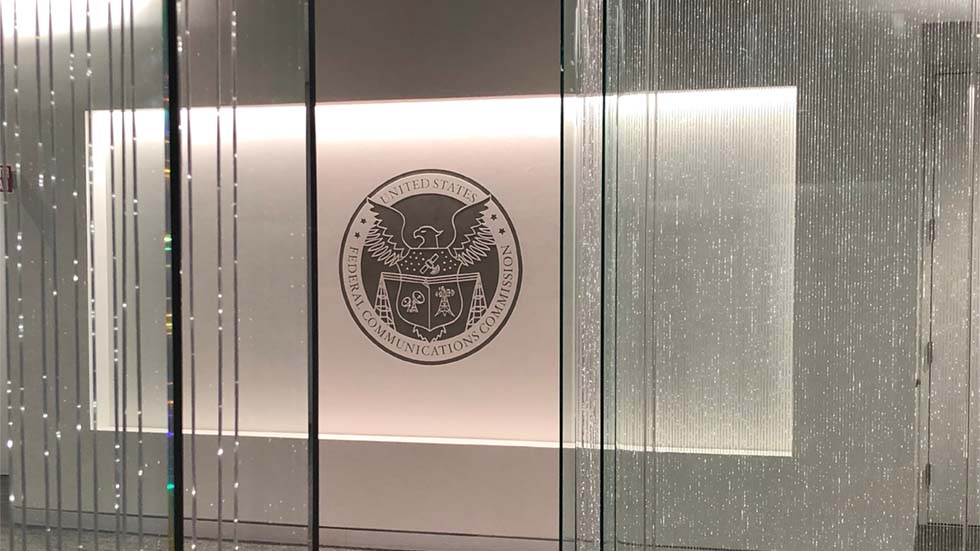New Cinecoder SDK Ensures Continued H.264 Interlace Support With NVIDIA GPUs
Latest SDK version addresses a problem facing broadcasters with end of Pascal-based hardware

MUNICH, Germany—Cinegy has released the latest version of its Cinecoder video codec software-development kit (SDK), which addresses a problem that’s faced the TV and broadcast industries since NVIDIA ended H.264 interlace support.
For years, software developers and solutions vendors have used the H.264 encoding capabilities of NVIDIA GPUs, which became a cornerstone of many media industry solutions, the company said.
With NVIDIA’s introduction of the Turing series of GPUs, the company ended H.264 interlace support. While this initially caused issues, the availability of the previous Pascal generation of NVIDIA cards made the situation manageable, Cinegy said.
However, Pascal-based hardware availability has now ended, and these cards no longer receive NVIDIA driver updates, significantly impacting many broadcast workflows.
Cinegy's latest Cinecoder SDK version 4.22 addresses the situation by enabling interlace H.264 encoding using Turing, Ampere and Ada Lovelace (current) generation NVIDIA GPU cards. This development benefits the broadcast and Media & Entertainment industries, which still deliver most of their content in this format, it said.
Current generation NVIDIA cards now offer higher performance, increased encoding throughput and improved energy efficiency, while newer cloud instances provide better value for money with up-to-date NVIDIA drivers, it said.
"This is a great achievement and at the same time a huge relief to all of us," Cinegy Chief Technology Officer Jan Weigner said. "Our customers were really struggling to find a solution, especially after the driver support for the Pascal-based cards ended. Now new NVIDIA cards can be used for H.264 interlace encoding, achieving much better performance. Also, when looking at cloud deployments, we do not have to limit ourselves to using AWS G3 instances, which were the AWS instances with Pascal series GPUs."
Get the TV Tech Newsletter
The professional video industry's #1 source for news, trends and product and tech information. Sign up below.
Benchmarks using standard test clips show that the Cinecoder interlace H.264 encoder for NVIDIA GPUs creates the same or better-quality output than the original NVIDIA Pascal series hardware encoder, the company said.
The encode performance of Ada Lovelace-based NVIDIA GPUs, the current NVIDIA generation, is around 500 frames per second (FPS) for H.264 1080i per NVENC encoder unit. This means that cards with two NVENC units, such as the RTX 4070 Ti, RTX 4070 Ti Super, RTX 4080 and RTX 4090 (or their professional counterparts like the RTX 4000 ADA and up), can encode around 1000 FPS, Cinegy said.
Cinegy's Cinecoder SDK can be licensed specifically for enabling NVIDIA GPU H.264 interlace encoding or for all additional encoding, decoding and media handling features. It is also home to Cinegy's proprietary Daniel2 codec, offering more than 10,000 FPS 4K encode and 30,000 FPS 4K decode capabilities, the company said.
More information is available on the company’s website.
Phil Kurz is a contributing editor to TV Tech. He has written about TV and video technology for more than 30 years and served as editor of three leading industry magazines. He earned a Bachelor of Journalism and a Master’s Degree in Journalism from the University of Missouri-Columbia School of Journalism.

